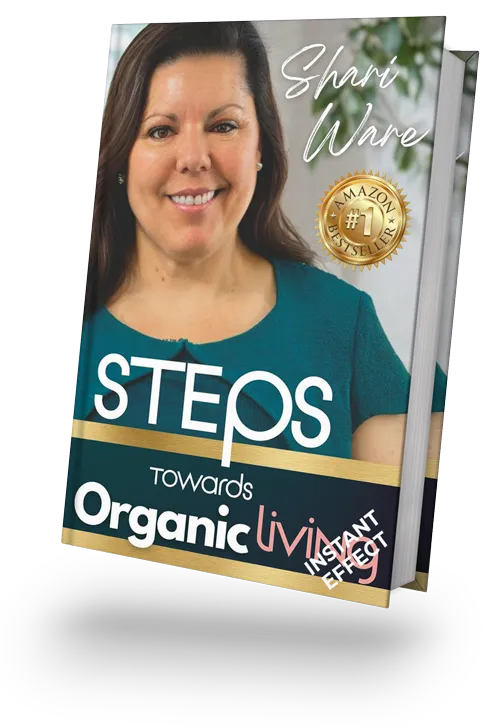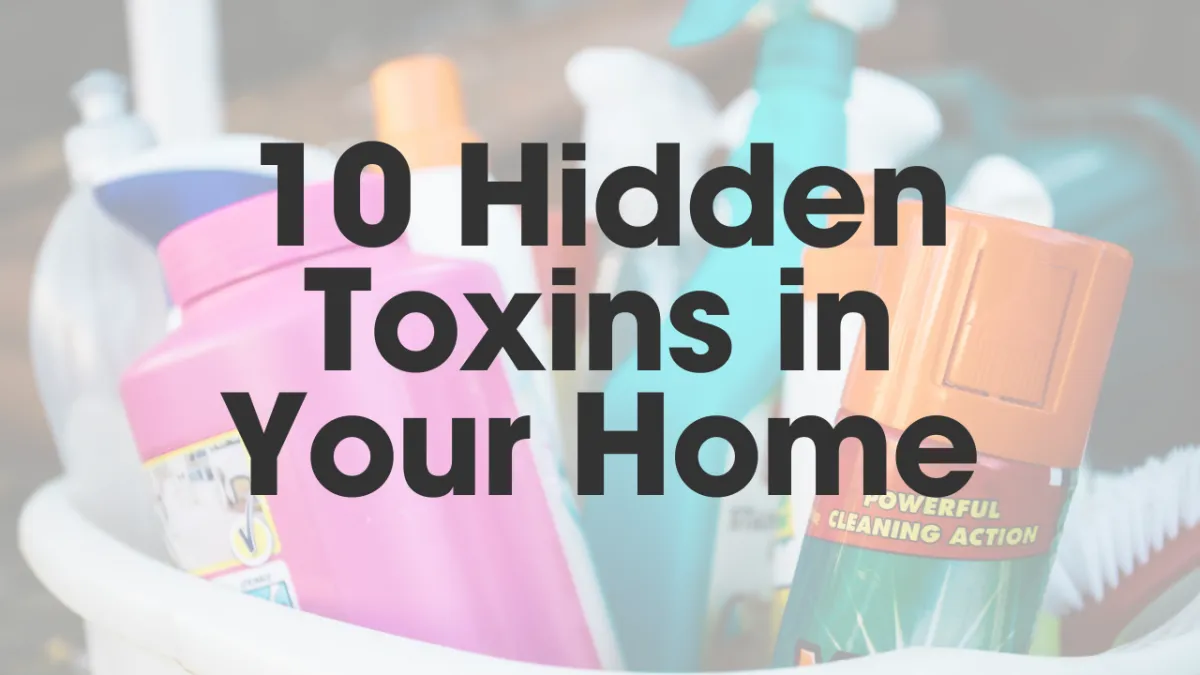The Invisible Toxins in Your Home
Your home should be the place where you feel safest. But hidden in the products you use every day are toxins that quietly chip away at your health and wellbeing. The scary part? Most of these items are things you and your family touch, breathe, or consume daily — without even realising it.
The good news is that once you know where these toxins hide, you can start swapping them out for safer, healthier alternatives. And you don’t need to overhaul everything overnight. By making small, intentional changes, you can dramatically reduce your family’s toxic load and create a calmer, cleaner living space.
Here are 10 common household items that may be doing more harm than good — and what to use instead.
1. Cleaning Sprays
Many multipurpose cleaners contain ammonia, chlorine, or formaldehyde — chemicals that irritate the lungs and skin. These can trigger headaches, asthma, or allergies.
2. Synthetic Fragrances
Air fresheners, candles, and laundry products often list “fragrance” on the label — a word that can mask dozens of undisclosed chemicals. These often include hormone-disrupting phthalates.
3. Non-Stick Cookware
Teflon and other non-stick coatings release toxic fumes when overheated and can flake into food over time.
4. Plastic Food Containers
BPA and phthalates found in plastics can leach into food, especially when heated in the microwave.
5. Tap Water
Even “safe” tap water can carry chlorine, fluoride, pesticides, and heavy metals.
6. Mattresses and Furniture
Flame retardants and stain-resistant coatings off-gas chemicals that you breathe in nightly.
7. Conventional Laundry Detergent
Brighteners, artificial fragrances, and harsh surfactants can irritate skin and leave chemical residues on clothes.
8. Personal Care Products
Shampoos, deodorants, and lotions often contain parabens, phthalates, and synthetic dyes that disrupt hormones.
9. Paints and Glues
Household paints, adhesives, and varnishes can emit VOCs (volatile organic compounds) that pollute indoor air for years.
10. Processed Foods in the Pantry
Many packaged foods contain artificial colours, preservatives, and high pesticide residue levels.
Start Small, Reduce the Hidden Load
Your home doesn’t need to be 100% toxin-free overnight. In fact, trying to do everything at once usually leads to overwhelm and burnout. The key is to start with the items you and your family use the most, and apply the S.T.E.P.S Formula: Small, Timely, Easy, Pleasurable, Sustainable.
By making swaps one step at a time, you’ll gradually transform your home into a place that feels cleaner, calmer, and healthier — without stress or guilt.
For further reading, explore our in-depth guide: Detox Your Home: A Step-by-Step Guide to Creating a Low-Tox Living Space. It expands on these swaps and shows you how to create a sanctuary that truly supports your wellbeing.
👉 Ready to create a low-tox home that supports your whole family? Take the first step inside the Foundations Program — your guided path to simple, sustainable change.
Join the Foundations Program here




